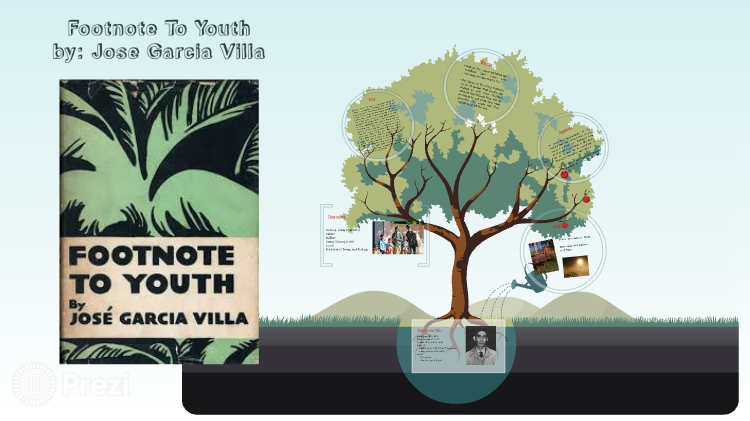
Footnote to Youth is a story by Jose Garcia Villa that was published in 1933. The year the story was published plays an important role in understanding the story and what it means. The situation in the Philippines back in the 1930s is very different from today (it’s 2021 as I write this). If you’ve read the story, then you should agree with me when I say that it’s an indictment of the common Filipino practice of marrying young and unprepared. I’d like to think that marrying young was way more rampant in the 1930s than in the 21st century.
The Characters
1. Dodong – A 17-year-old youth wanting to marry his sweetheart.
2. Teang – The girl whom Dodong wanted to marry.
3. Dodong’s father
4. Dodong’s mother
5. Lucio – A former suitor of Teang who was nine years older than Dodong.
6. Blas – Dodong’s eldest son.
7. Tona – The girlfriend of Blas.
Plot and Summary
The plot of the story is four-pronged. It has four parts that sweep through two generations from the day Dodong decides to get married to the day his eldest son Blas approaches him to tell him that he himself wants to get married. Dodong was seventeen when he married Teang. They immediatley conceived Blas sson after. Blas is eighteen when he asks his father permission to marry his sweetheart Tona. That said, the story covers a time span of 17 years.
Part I – On a sunny afternoon after a hard day’s work in the fields, Dodong decides to tell his father that he wants to marry his sweetheart Teang. He’s only seventeen years old. After a sumptous dinner, he spills out his plans to his father. His proposition is met with hesitation and discouragement. His father tells him that he’s too young to get married. But in the end, his father agrees to his wishes and grants him the permission to marry Teang.
Part II – Nine months after their marriage, Teang gives birth to her first son. Dodong experiences a whirlwind of conflicting emotions during the bithing process – confusion, fear, discomfort,embarrassment, and guilt. But when he hears the little baby whimper and cry, he swells with happiness.
Part III – Blas is followed by six more children. Dodong didn’t want any more children but they came anyway. This makes him angry at himself sometimes. The parade of children is also taking its toll on Teang. She often wishes that she’s not married. She sometimes wonder if her life would’ve been better had she married Lucio, a former suitor she rejected for the reason that he was nine years older than Dodong.
Part IV – Blas is eighteen years old. One night, he tells his father that he wants to marry his girlfriend Tona. Like his father before him, Dodong doesn’t want Blas to marry as he’s too young. He knows what’s going to happen if Blas marries too early. He gives him permission to marry anyway. But he does so with sadness in him.
Notes and Analysis / Study Guide for Students
– What is the meaning or central theme of the story? The story highlights a problem in Philippine society – the practice of marrying too young and suffering through the rest of the marriage. Dodong and Teang, regardless of their love for each other and their children, are obviously not happy with the way their lives turned out. It can also be deduced from the first part of the story that Dodong’s parents went through the same predicament. The story puts a microscope on this cycle of marrying young and then suffering through life.
– Is there a moral lesson in the story? It’s pretty obvious. Don’t marry young just because you are in love. More often than not, it’s a recipe for disaster. Parents can also take a lesson from the story. If your seventeen or eighteen-year-old son tells you that he’s going to marry his girlfriend, don’t be afraid to say no.
– Does the saying “history repeats itself” apply to the narrative in the story? Yes. The whole story is history repeating itself. a number of times Dodong’s parents married young and suffered. Dodong married young and suffered. Now Dodong’s son is marrying young and Dodong knows that his son and his future wife are going to suffer.
Related Articles:
– 15 TRUTHs About Therapy: What It Is, How It Helps, and Who Needs It
– Mother’s Day in the Philippines and Around the World

